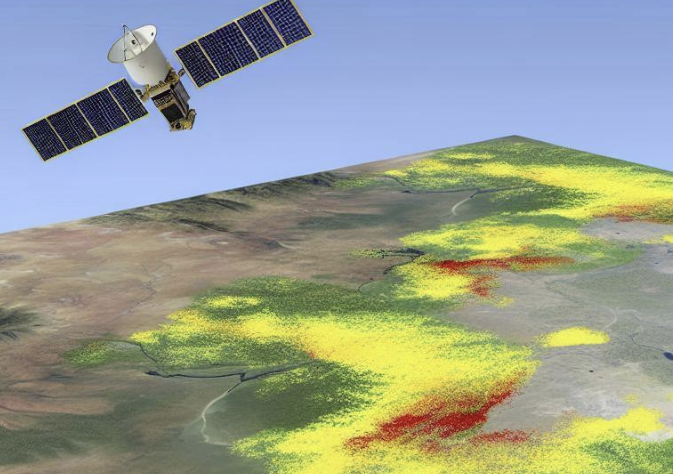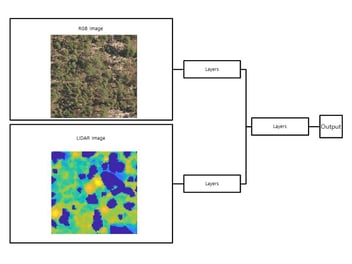Optimizing Vegetation Index Calculations: The GNDVI Approach

Discover the power of the GNDVI approach in maximizing vegetation index calculations for enhanced results.
Understanding Vegetation Indices
Vegetation indices serve as powerful tools in evaluating the health and abundance of vegetation within a specific area. By utilizing sophisticated mathematical formulas, these indices harness the wealth of remote sensing data, particularly from satellite imagery, to provide invaluable insights into the overall condition and productivity of vegetation.
Through a detailed analysis of the spectral reflectance properties of vegetation, these indices can effectively detect the presence of chlorophyll, the vital pigment essential for the process of photosynthesis.
Understanding the significance of vegetation indices is paramount for the meticulous monitoring and sustainable management of diverse ecosystems, agricultural lands, and precious natural resources.
Introduction to GNDVI
The Green Normalized Difference Vegetation Index (GNDVI) is a widely used vegetation index that measures the amount of healthy green vegetation in an area.
GNDVI is calculated using near-infrared (NIR) and green light bands of remote sensing data.
The formula for calculating GNDVI involves adding the near-infrared (NIR) and green light bands, then dividing this sum by the difference between the two bands.
GNDVI=(NIR+GREEN)/(NIR−GREEN)
By comparing the reflectance values of these bands, GNDVI provides a quantitative measure of vegetation health and vigor.
GNDVI values range from -1 to 1, with higher values indicating dense and healthy vegetation cover.
Introduction to GNDVI is essential for understanding its applications and advantages in vegetation monitoring and analysis.
Advantages of GNDVI
The GNDVI approach offers several advantages for vegetation index calculations and analysis.
Firstly, GNDVI is less sensitive to variations in atmospheric conditions and soil background, making it a reliable indicator of vegetation health.
Additionally, GNDVI provides a more accurate assessment of vegetation density and biomass compared to other vegetation indices.
GNDVI exhibits greater sensitivity to chlorophyll concentration, allowing for more effective monitoring of plant health and stress levels compared to NDVI in certain scenarios.
The advantages of GNDVI make it a valuable tool for understanding and quantifying vegetation dynamics.





